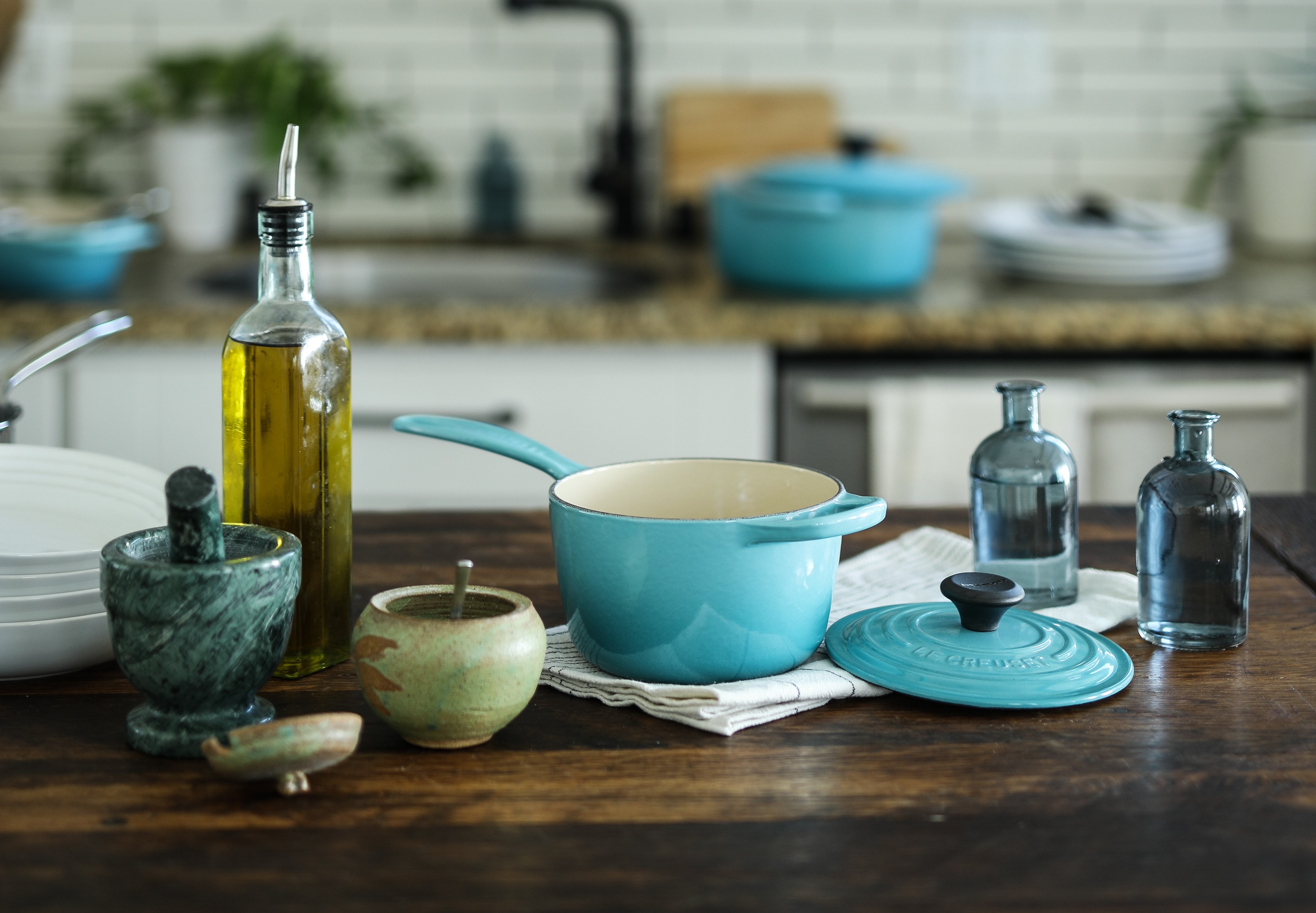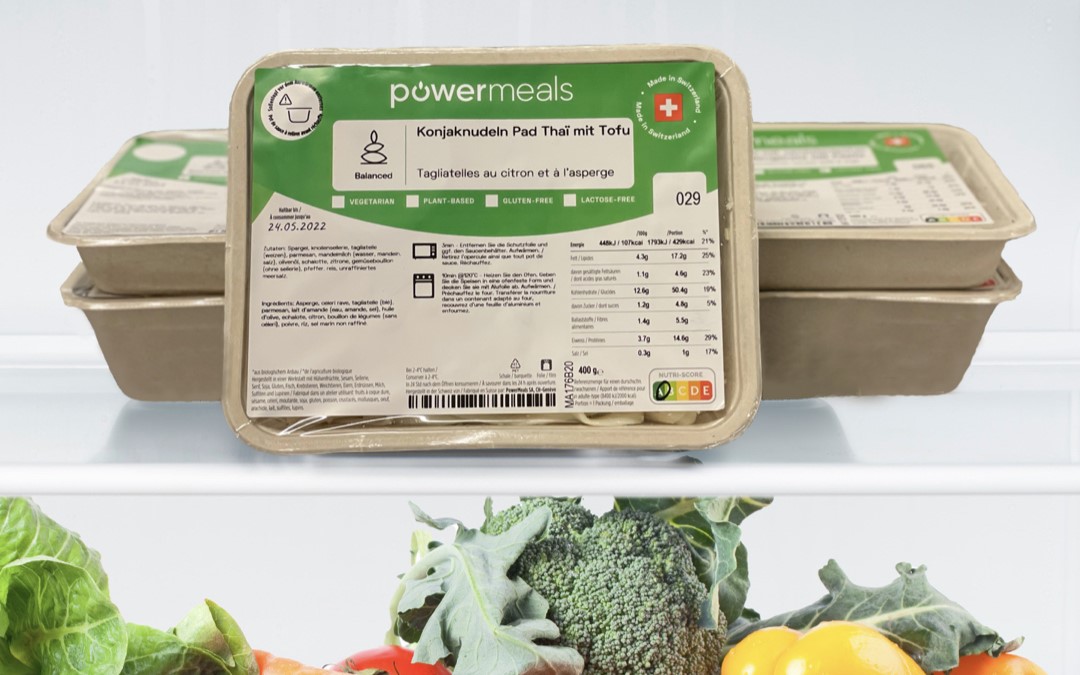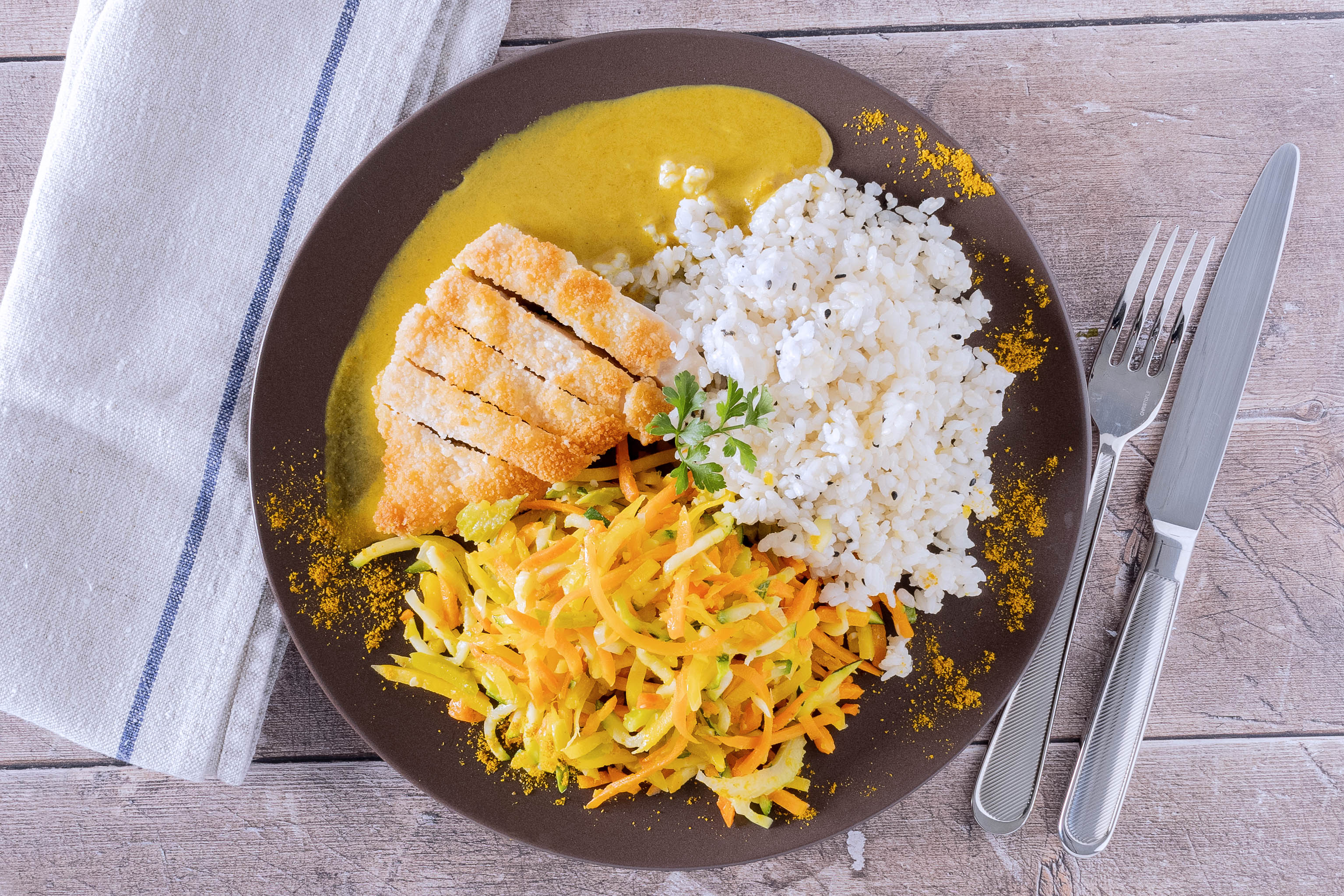Cooking oils: Are they bad for your health?

You may have heard that cooking with too much oil is bad for your health. But you might also have heard that olive oil has many health benefits and healthy fats that can improve your blood pressure. So, what’s the right answer and what are the best oils to cook with?
How do we decide whether an oil is healthy?
When you’re choosing a cooking oil there are 2 important things that you need to consider: the nutritional values of the raw product and the effects of heating.
In general, all cooking oils are high in fat and relatively high in calories. This isn’t an issue for normal use as we tend to consume only small quantities from cooking. The good news is that most common cooking oils, like olive oil and sunflower oil, are low in saturated fats, which are generally considered the fats to avoid as they contribute to higher cholesterol.
Comparison table of cooking oils by amount of saturated fat
Cooking oil |
Saturated Fat per 100g |
Calories per 100g |
Smoke point |
|
Olive oil |
14g |
884 |
200-240 C |
|
Sunflower oil |
10g |
884 |
230-250 C |
|
Sesame oil |
14g |
884 |
~230 C |
|
Butter |
50g |
717 |
~150 C |
|
Soybean oil |
16g |
884 |
~230 C |
|
Avocado oil |
12g |
884 |
220-270 C |
|
Peanut oil |
17g |
884 |
~230 C |
|
Palm oil |
49g |
884 |
~230 C |
At a macro level there’s not much to separate the different cooking oils, and most of them are considerably lower in unhealthy fats than animal products such as butter or lard. Palm oil is an exception with more saturated fats than the others.
We should also consider the micronutrients. Extra virgin olive oil can contain phenols which have anti-inflammatory properties, and it has higher amounts of oleic acid and monounsaturated fats. These have been linked to lowering blood pressure and cholesterol. For that reason, olive oil is often seen as the healthiest oil and it's a popular choice as part of a healthy, balanced diet.
But what about after heating?
When oils are heated, they can reach their “smoke point” where the oils start to break down. This can change the flavour of the oil plus, the chemicals produced from overheating have also been linked to worse health outcomes.
While oven temperatures tend to range between 180 and 220 C frying pans can reach temperatures over 250 C in normal use. So, if you’re cooking a stir fry it’s better to steer clear of olive oil which has a lower smoke point and instead use something like sunflower oil or sesame oil. This is also the reason you won't find olive oil in many stir-fry recipes.
What are high oleic oils?
High oleic oils contain at least 70% oleic acid per serving, and have therefore been linked to lower blood pressure and cholesterol. Olive oil is naturally high in oleic acid, but it’s also possible to find high oleic sunflower oil or soybean oil. High oleic sunflower oil is a great choice if you want the health benefits of olive oil while being able to cook at temperatures above the smoke point of olive oil.
What is the healthiest oil to cook with?
If you’re making a dish at a lower temperature or a salad dressing that won't be heated, then extra virgin olive oil is a good choice with lots of healthy micronutrients.
If you’re cooking a higher temperature dish, especially in a frying pan, choose a different oil such as sunflower oil, and opt for a high-oleic option if possible.
Is that really the best oil for cooking?
One important point that we haven’t touched on yet is the flavour. All cooking oils have quite similar nutritional properties, so if you aren’t going over the smoke point or eating tablespoons of oil with every meal then it’s also ok to just choose the oil that you think tastes best!
Olive oil has a rich distinctive flavour while sunflower oil is more mild. If you're cooking Asian dishe you might want to choose something like sesame oil which can add a delicious extra flavour to a stir fry.
Does cooking oil make you fat?
Oils are calorie dense, so if you’re on a diet we don’t recommend eating too much of them. However a teaspoon of olive oil contains only 40 calories. Typically, you only need one or 2 teaspoons of oil to coat the bottom of a frying pan, so this doesn’t add too much to your daily calorie intake.
Oils are also compatible with low-carb meals or keto diets as the calories are coming from fat and not adding to your carbohydrate intake.
Are there any harmful effects of cooking oil?
So long as you are using cooking oil in regular amounts there shouldn’t be any adverse health effects. You should avoid using too much as the oils are high in calories and don’t heat them too highly or you can produce unwanted chemicals.
It’s also important to note that some people may be intolerant or allergic to certain oils. Soybean oil or peanut oil are relatively common allergens.
What is the worst cooking oil?
Palm oil is often cited as the worst cooking oil, as it’s higher in saturated fat, plus palm oil production has been linked to deforestation.
About Powermeals
At Powermeals we’re on a mission to make healthy eating easy for everyone. Designed by chefs and nutritionists our healthy meal delivery service is available all over Switzerland. Check out this week’s menu.


